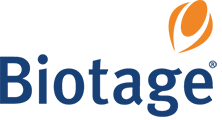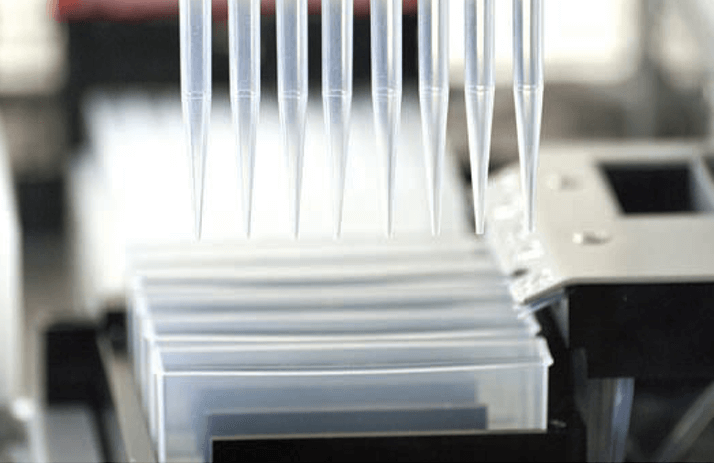Introduction
Automated sample preparation using the Biotage® Extrahera™ was compared to an equivalent manual method utilizing a vacuum manifold. Analytes were extracted from pooled stripped plasma using a supported liquid extraction procedure. ISOLUTE® SLE+ 400 μL sample volume plates, part number 820-0400-P01 were used for extraction.
Resulting extracts from both sample preparation methods were subsequently analyzed by LC-MS/MS.

Procedure
A pooled plasma sample was prepared in a sufficient quantity to run a full 96-well plate for each processing method. This pooled plasma sample was fortified with 25-OH Vitamin D2 and D3 at a concentration of 30 ng/mL respectively. 25-OH Vitamin D3-d6 was added as an internal standard at a concentration of 30 ng/mL.From this pooled plasma sample 200 μL was transferred to all wells of two 96-well plates. All subsequent aspects of sample preparation were performed in duplicate on two separate plates utilizing either Extrahera or manual preparation using a calibrated air-displacement pipette.


The pooled plasma sample was then pre-treated 1:1 (v/v) with Water:Propan-2-ol 1:1 (v/v) (200 μL). After pre-wetting the pipette tips via aspirate/dispense cycling and to mix the samples, 300 μL of the pre-treated sample was loaded to each well of the ISOLUTE® SLE+ plates. Flows were initiated using a pulse of positive pressure (Extrahera) or vacuum (manual method). After leaving for 5 minutes to allow the sample to completely absorb into the plates, elution was performed by the application of 2 x 750 μL of Heptane to the ISOLUTE® SLE+ plates. The extracts were collected in 2 mL 96-well collection plates under gravity elution, and as a final step to recover all available solvent from the media, by applying a pulse of positive pressure (Extrahera) or vacuum (manual method). The extracts were evaporated to dryness in a TurboVap® 96 at 37 °C or a SPE Dry at 40 °C and reconstituted in 100 μL of 30:70 (v/v) water/methanol solution. The plates were mixed on an orbital shaker for 10 minutes.





